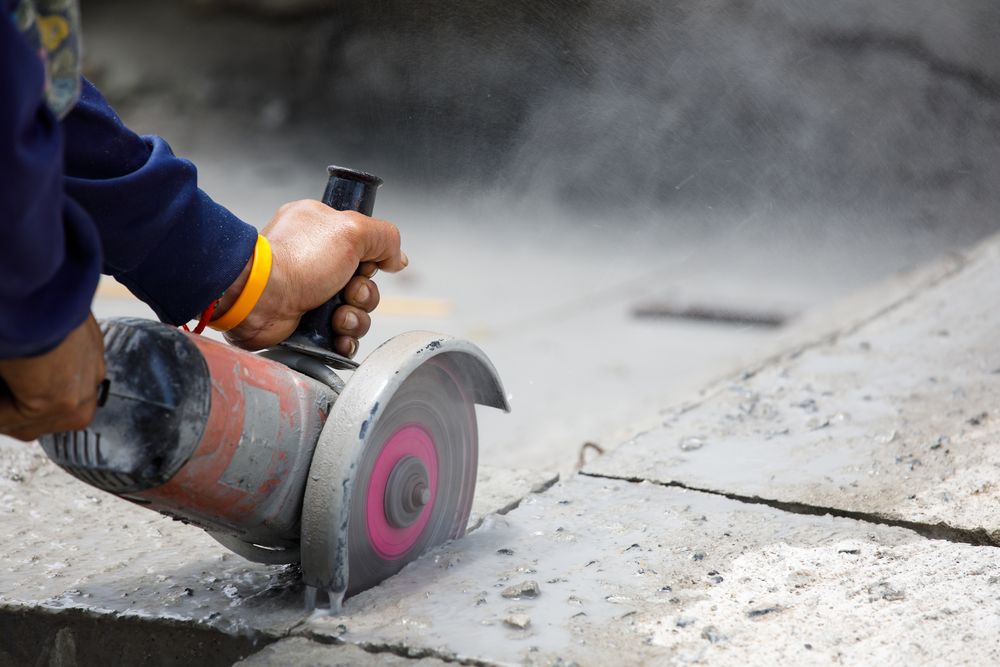Did you know that there are many different kinds of concrete and that each type has its own purpose in construction jobs?
There are more than 20 different varieties of concrete, each with different levels of strength, pouring method, and weighting of ingredients or additives to make it suitable for use in a given environment.
Let’s take a look at this in more detail below.
What are the Most Commonly Used Types of Concrete?
The most simple form of concrete is simply a mixture of cement, water, and aggregate.
This mixture gives us ‘normal strength’ concrete which sets within 30 to 90 minutes, and has a strength of 10 to 40Pa. That type of concrete is ideal for making pavements or flooring.
It is strong when compressed under a load, but it is weak in tension. This kind of concrete is usually easy to cut.
Reinforced concrete is made to a similar formula, but has tension bars in it to help it handle bigger loads. In more modern concrete recipes, fibres are added to improve strength as well.
Some concrete is re-stressed, which helps to strengthen it before it is put under load in the real world.
For very heavy loads, there are high-density concrete options which use much heavier aggregates.
There are also high-performance recipes, and recipes which use vacuum pumps to reduce the water content of the recipe, as well as concrete which uses other substances such as glass or asphalt as a part of their aggregates.
How is Concrete Cut?
Hydraulic ring sawing is often used to cut concrete. These saws are ideal for cutting large concrete slabs, and for cutting into walls or other fixed items.
Hydraulic ring saws are handheld and use diamond blades which cut via abrasion. This makes them very good for cutting even when the concrete is quite dense and solid.
Can Hydraulic Ring Saws Cut Any Type of Concrete?
Hydraulic ring saws can cut most types of concrete, even reinforced concrete. The blades that are used for these saws are good for plunge cutting and work best for very dense and hard materials.
Note, however, that the best type of saw to use is one that is water-cooled, as this prevents dust from being kicked up and also to stop the blade from glazing over with dust and metal (from the bond used to hold the diamond segments in place).
If the blade is allowed to overheat then it will start to smooth over and become less effective at cutting.
What are the Limitations of Hydraulic Ring Saws
The main limitation of a hydraulic ring saw is that it is limited in terms of how deep it can cut, based on the diameter of the blade.
The size of the blade is limited because large blades are difficult to handle.
Hydraulic ring saws are good for making straight cuts in smaller, awkward to reach places, but they are not always the ideal tool for the job.
Cutting concrete takes experience because it can be tricky. It is hard to produce clean cuts into thinner slabs without them cracking and breaking, and it is hard to cut thicker concrete too.
Chainsaws are good for deep cuts, as long as the vibration action of the saw will not be an issue. Hydraulic saws are versatile and are suitable for most concrete cutting applications.
If you are not sure what blade to choose, or whether a hydraulic handheld ring saw is suitable for your project, then be sure to seek expert advice so that you do not cause irreparable damage to the wall or slabs.
With the right tools, your construction or renovation project should be a breeze.
If you are looking for a specialist concrete cutting company who uses only the best practices to get the job done right, then please call us at Megasaw on 1300 920 419 or contact us through our website.

